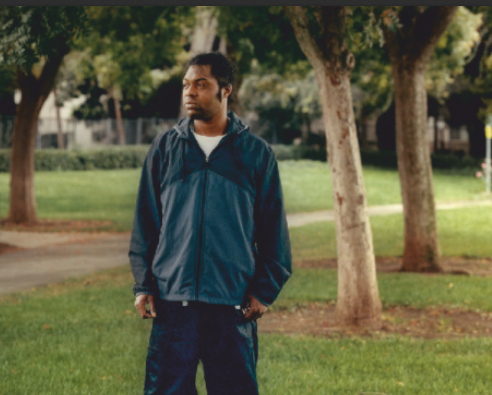Back in the 1980s, when DNA forensic analysis was new, crime labs needed a speck of bodily fluid—usually blood, semen, or spit—to generate a genetic profile.
在20世紀(jì)80年代,DNA法醫(yī)分析還是一項(xiàng)新技術(shù),犯罪實(shí)驗(yàn)室需要一點(diǎn)身體的液體——通常是血液、精液或唾液——來生成基因圖譜。
But in 1997, Australian scientist Roland van Oorschot stunned the criminal-justice world with the discovery that some people's DNA appeared on things that they had never touched.
但是在1997年,澳大利亞科學(xué)家羅蘭·范·奧爾斯科特發(fā)現(xiàn),一些人的DNA會出現(xiàn)在他們從未接觸過的東西上,這一發(fā)現(xiàn)震驚了刑事司法領(lǐng)域。
He called the phenomenon "secondary transfer." One of his lab's experiments had three people sit at a table and share a jug of juice.
他稱這種現(xiàn)象為“二次轉(zhuǎn)移”。他在實(shí)驗(yàn)室做的實(shí)驗(yàn)之一是,讓三個(gè)人坐在桌子邊,共享一罐果汁。
After 20 minutes, their hands and the chairs, juice glasses, table, and jug were swabbed and tested for genetic material.
20分鐘后,他們的手、椅子、果汁杯、桌子和水壺都被擦洗,并進(jìn)行了遺傳物質(zhì)測試。
Although the volunteers never touched one another, their DNA ended up on each other's glasses—and hands.
盡管這幾位志愿者從未碰過彼此,但是他們的DNA出現(xiàn)在彼此的杯子上和手上。
Then there was the foreign DNA—profiles that didn't match any of the juice drinkers.
然后出現(xiàn)了其他DNA,其特征不符合任何一位志愿者的DNA。
It turned up on about half of the chairs and glasses and all over the participants' hands and the table.
它出現(xiàn)在一半的椅子和杯子上。也出現(xiàn)在桌子上和所有志愿者的手上。
The only explanation: The participants had unwittingly brought with them alien genes,
唯一的解釋是:這些參與者不經(jīng)意地?cái)y帶了外源基因,
perhaps from the lover they had kissed that morning, the stranger with whom they had shared a bus grip, or the barista who had handed them an afternoon latte.
也許是來自他們那天早上親吻的愛人,或是和他們握一個(gè)公交車把手的陌生人,或者是下午遞給他們一杯拿鐵咖啡的咖啡師。

In a sense, this isn't surprising: We leave a trail of ourselves everywhere we go. One person can shed upward of 50 million skin cells a day.
在某種意義上來說,這并不令人驚訝:無論我們走到哪里,都會留下自己的足跡。一個(gè)人每天可以脫落超過5000萬個(gè)皮膚細(xì)胞。
We also spew saliva. If we stand still and talk for 30 seconds, our DNA may be found more than a yard away. DNA is the most accurate forensic science we have.
我們也吐唾液。如果我們站著說話30秒鐘,我們的DNA可能在一碼之外找到。DNA分析是我們擁有的最精準(zhǔn)的法醫(yī)學(xué)技術(shù)。
It has exonerated scores of people who had been convicted using more flawed disciplines, such as hair or bite-mark analysis.
它為數(shù)十名曾因使用頭發(fā)或咬痕分析等更有缺陷的分析而被定罪的人洗脫了罪名。
Meanwhile, there have been few publicized cases of DNA mistakenly implicating someone in a crime.
與此同時(shí),很少有公開的因DNA錯誤而使某人卷入犯罪的案例。
Nevertheless, the itinerant nature of DNA has serious implications for forensic investigations.
不過,DNA的流動性質(zhì)對法醫(yī)調(diào)查有著嚴(yán)重的影響。
After all, if traces of our DNA can make their way to a crime scene we've never visited, aren't we all possible suspects?
畢竟,如果我們的DNA出現(xiàn)在我們從沒參觀過的犯罪現(xiàn)場,我們不就都成了嫌疑犯了嗎?












